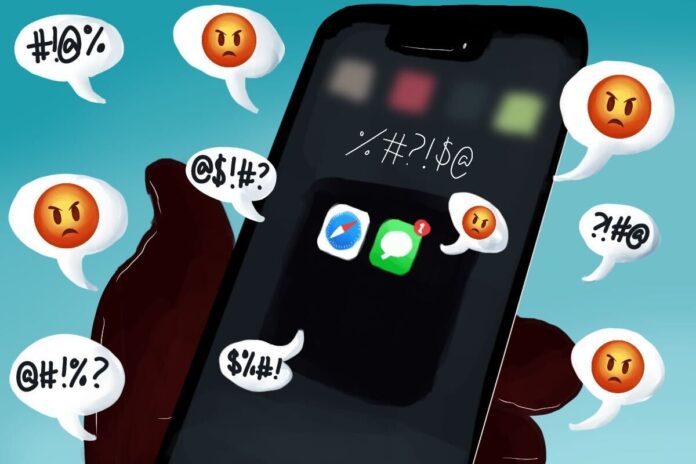
The fast rise of disinformation and misinformation has become a massive issue in today’s media landscape. False narratives — often politically charged — spread like wildfire across social media, influencing public opinion and even undermining democratic processes.
The growing use of AI tools to generate news, create deepfakes and even impersonate public figures is creating a dystopian reality. As this technology becomes more advanced, the ability to tell what’s real and what’s fake won’t be a luxury — it’ll be a necessity.
Enter educational and civic institutions to save the day.
By ushering in critical thinking, media literacy and civic responsibility, institutions such as schools and local governments must become a critical line of defence against the spread of falsehoods.
It’s fair to question how to realistically achieve these goals. Should we implement required media courses specifically designed to help people distinguish between fact and fiction? Particularly as AI-generated content becomes harder to differentiate from genuine news?
One of the most effective ways to combat disinformation is through education. Schools and universities are in a great position to shape the next generation’s ability to discern truth from fiction.
In an age where information and misinformation is so easily accessible online, it is critical to include media literacy as a fundamental part of university and high school curricula.
High school years are a crucial time for students to develop their opinions and perceptions on the world. A focus on media literacy would certainly render young people with the tools and curiosity to be better informed.
Media literacy should not be an elective, but a required course. In this course, students would learn to critically examine sources, check for biases and develop the skills necessary to evaluate information they consume.
A mandatory course in university could then serve as a more in-depth follow up as students enter into society.
Fake videos, photos and even audio clips can appear remarkably real. As AI and deepfakes become more advanced and widely accessible, the need for media literacy education becomes even more urgent.
Two years ago, did you know what ChatGPT was? Now, it’s hard to ignore. In the coming years, it’s troubling to think how AI will become even more prevalent.
To boot, schools should encourage open discussions on fiery topics plaguing the media landscape. Students need a space where they can engage with more than one perspective, ask questions and arrive at conclusions based on evidence — not just ideology. This approach would encourage a culture of scepticism — an important characteristic for a productive society — that would ultimately disarm information that isn’t backed by facts.
In the age of algorithms tailored to a user’s views and interests, this multi-perspective, academic environment is crucial. Social media doesn’t typically feature positive or productive discussions, especially within echo chambers that only tend to reinforce one side of the story.
Outside of lecture halls and classrooms, awareness campaigns could also play a large role in preventing the spread of false information. Civic institutions, like Ottawa’s municipal government and the government of Ontario, coupled with media organizations, are in an important position to kickstart campaigns on how to identify misinformation, as well as to direct citizens to trusted and legitimate sources.
These campaigns could use social media, public service announcements, and even public workshops to spread awareness about the rise in disinformation while teaching people how to catch falsities.
Mandatory education may sound intense, but consider what’s at stake. Disinformation can destabilize societies by erasing trust in institutions, manipulating elections and spreading dangerous ideologies.
Right-wing disinformation in particular has proven to be highly effective at exploiting peoples’ deepest fears while simultaneously stoking divisions. It’s a major factor in why our world is more divided than ever.
Proper education and awareness would give people the skills to detect these divisive tactics before they can influence opinions.
Educational and civic institutions hold a massive responsibility in creating a better-informed public. Placing a greater emphasis on fostering media literacy and promoting critical thinking are important first steps.
By putting a plan like this into action, society could save itself from the clearly damaging effects of disinformation and the emergence of razor-sharp AI.
Featured graphic by Alisha Velji.





